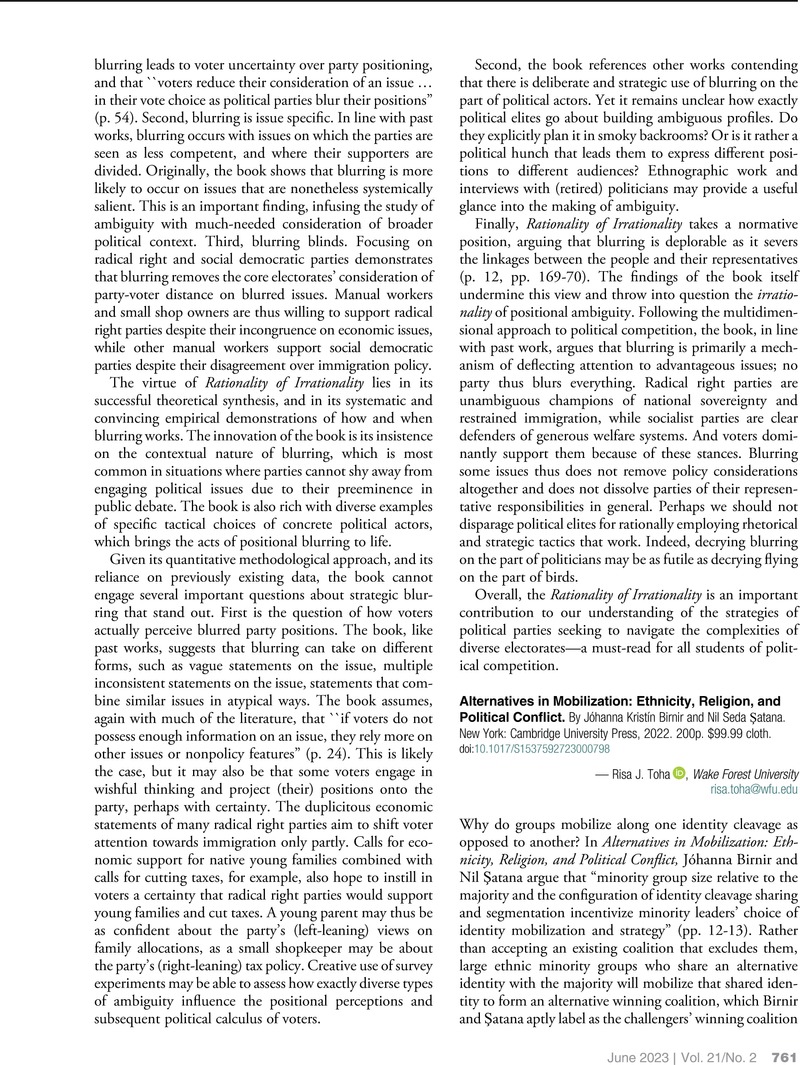Crossref Citations
This article has been cited by the following publications. This list is generated based on data provided by Crossref.
Mašát, Milan
2025.
Artistic creation as a path to immersion in literature: on the example of excerpts from texts with the theme of the Shoah.
Cogent Arts & Humanities,
Vol. 12,
Issue. 1,



